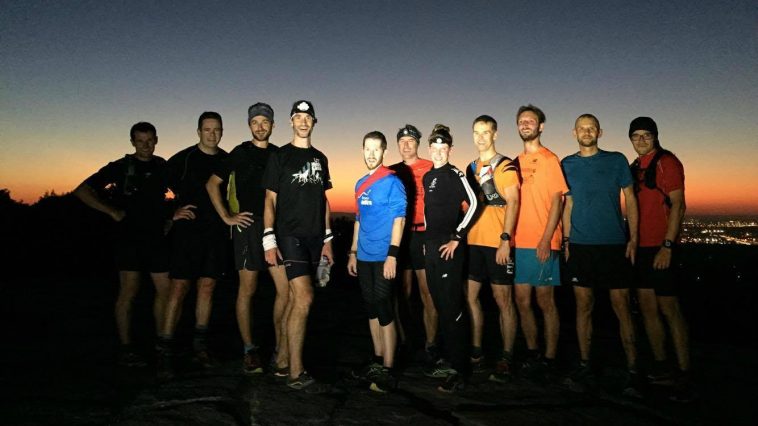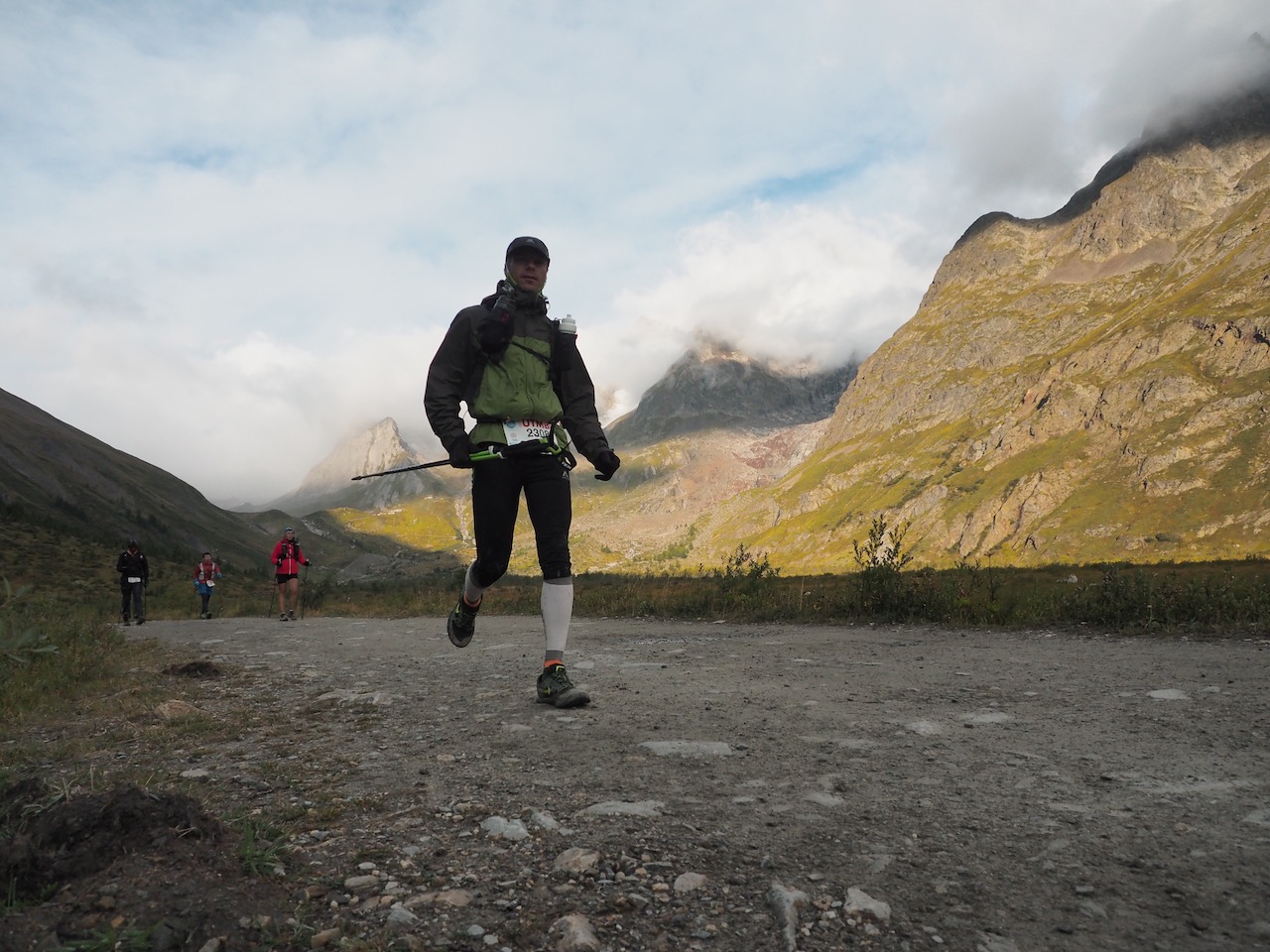GPS watches, as well as our lovely social networks (Strava, Facebook and others), have the annoying habit of pushing us to increase our training volume rather than its quality and specificity. Although very useful, these tools can quickly become a runner’s worst enemy.
There are many theories on training better to reach your trail running goals. However, the secret to success is probably hidden somewhere between specific structured training and the freedom to run for fun. How do you get to this position of success? Here are the most up-to-date running tips.
Interval Training: A Strategy That Can’t Be Ignored
High Intensity Interval training (HIIT) invites you to maximize the amount of time you run at high intensity, the zone where your fitness improves. This type of training focuses on repeating intervals at a high intensity. The idea is to split the workout into bursts of unsustainable effort so as to accumulate much more training time at a high intensity than what would be tolerable during a continuous effort at high speed (tempo run).
The studies are unanimous: HIIT is the best training strategy to increase endurance (ability to maintain intense effort for a long period of time), VO2 max (maximum oxygen consumption), power and speed.
There are several subsets of HIIT and lots of formal structured approaches to help us integrate them. However, it is imperative to introduce the intervals very gradually into your program to avoid the risks associated with sudden changes in biomechanics.

Running long and often: what about long slow runs?
Leading ultramarathon runners such as Geoff Roes (2010 Western States 100 Mile champion) are strong advocates of a type of continuous training known as long slow distance runs. They can run more than 180 km per week on a regular basis. Geoff Roes argues that a trail-based ultramarathon is won more through patience, nutrition and determination than through speed. To elaborate, he points out that Anton Krupicka’s best time (twice winner of the Leadville 100) over five kilometres is 16 minutes 30 seconds. Obviously, speed intervals must not be the focus of his training plan.
However, studies demonstrate that low-intensity continuous training with a high training volume has the disadvantage of exposing the runner to the risk of overload injuries, and does not offer substantial fitness gains in relation to the energy and time invested. Relying on the performance of elite runners to make recommendations to recreational runners is also a perilous exercise. These champions are usually in a class of their own, and may have a genetic advantage that is not available to everyone.
That being said, long slow runs are certainly not to be eliminated. They are a way to test what you have learned and build confidence. They are simply not to be abused.
Follow your instincts with fartlek training
Fartlek training is a popular approach. This activity lies somewhere between highly structured interval training and long slow runs.
It is unstructured by definition and therefore varies in intensity depending on the mood and the moment. The pleasure is bound to be there, but the benefits will be directly proportional to the time spent at high intensity. Note that it is sometimes tempting (and risky) to spend too much (or not enough) time at high intensity, or to distribute the demanding periods poorly during a fartlek workout.
Gaining more knowledge
To learn more about the different types of training and exercise physiology, it may be relevant to consider the research and publication of experts who have paid special attention to these issues.
One of my favorites, and very popular, is Training Essentials For Ultrarunning by Jason Koop.
Regardless of the publication, one essential concept stands out: train smarter, not in greater quantity. We must keep in mind that the key to success in trail running is specificity, i.e., training geared towards precise objectives.
Develop Your Skills in a Specific Way
In addition to interval training, which, as we have seen, is crucial for gains in speed, power, VO2 max and endurance, there are also some essential tips that can improve your performance in trail running. Here are a few of them:
- Learn how to let yourself go down hills without braking and thus overexerting yourself;
- Develop the ability to run through rocks, roots, snow and mud in a natural and intuitive way without overthinking (this is called proprioception). Gaining agility helps to overcome obstacles more efficiently;
- Develop relaunch, which is the ability to effectively vary the types of efforts in the mountains depending on the terrain;
- Develop power climbing. Climbing intervals have a very high rate of return;
- Learn to listen to your body and adapt your running workouts;
- Maximize your gut and get to know your personal nutritional requirements;
- Maximize your running technique to make your stride more efficient.
Professionals at our disposal
Finally, running smart also means getting help and advice from experienced people. Consulting with a coach to plan personal goals and an annual schedule is a strategy that is greatly underutilized by the trail running community.
Yet, there are many competent coaches available to us. The benefits of assistance in planning the progression, tapering and rest phases of a structured race plan are undeniable. Whether one is at a purely recreational or elite level, the effects will be noticeable both in terms of performance gains and injury prevention.
In short, maximizing your strengths and improving your weak points while remaining smiling, passionate, inspired and motivated, will enhance your overall pleasure and happiness. This is what it means to have a winner’s perspective!
Translation : William Chabot-Labbé
Simon Benoit is an emergency critical care physician, in addition to maintaining an office practice focused on sports medicine. He is a member of the Quebec Association of Sports Doctors. He also has a degree in physiotherapy and chiropractic and is an ambassador for La Clinique du Coureur.
Must Read:
- Runners and anti-inflammatories: controversy and options
- Is Running Ultras the Worst Idea Ever?
- Choosing a Shoe Is an Exercise in Itself: Minimalism Explained


